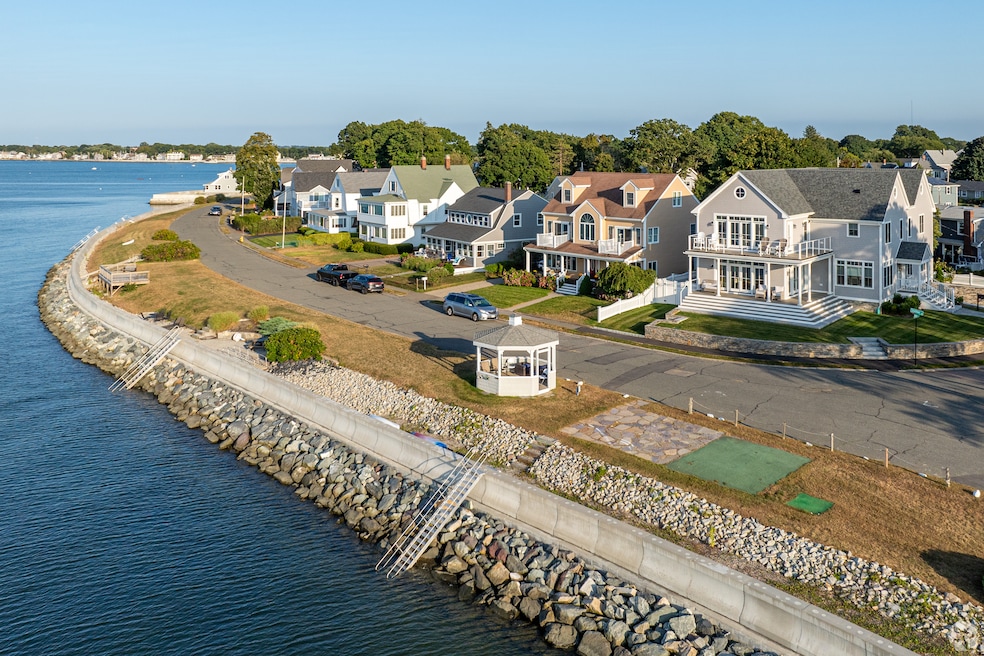As high mortgage rates chilled the existing home sales market over the past year, one bright spot was luxury properties. That changed last month as sales of homes priced at $1 million or more declined, which could be a result of worries about the economy.
Though luxury sales dropped just 1% from April to May, that compares to a 5% increase in the previous month, according to data the National Association of Realtors released Monday. High-end sales had been still more robust in prior months, even as business for more affordable houses was stagnant.
“The upper-end market is showing no difference from other price points,” said Lawrence Yun, the NAR’s chief economist. For the past 24 months, that market had been outperforming the lower-price categories. I wonder if this is a residual impact of the stock market [drop] a few months ago.”
Overall, existing sales hardly changed in May, increasing 0.8% from April and dipping 0.7% from one year earlier. Sales were on pace in May for a seasonally adjusted annual rate of 4.03 million homes, three-quarters of the sales reported at this time in 2019, the year before the pandemic set in.
The Northeastern U.S., which includes the Boston and New York metropolitan areas, saw the most strength in May of the nation’s four major regions. Sales were up 4.2% in the Northeast from April and one year ago, and the median sales price jumped 7.1% from a year earlier to $513,300.
Elsewhere, the Midwest saw a 2.1% increase in sales from April and a 1% one-year gain. The South had a 1.7% monthly increase but was down 0.5% from a year earlier, while in the West, sales fell 5.4% from April and 6.7% from the same month in 2024.
While the median sales price across the U.S. was $422,800, the highest on record for May, Yun noted it was a modest 1.3% one-year increase in a month that normally sees prices rising due to brisk springtime home sales. The 4.03 million homes sold represented the slowest sales pace for the month of May since 2009, Yun said.
Single-family home sales were up 1.1% in May, but condo and cooperative sales dropped 2.7%. Condo sales were down 10% from one year earlier.
The supply of homes for sale, at 1.54 million, grew more than 6% from April and more than 20% compared to May 2024. Inventory is still short of the 2 million homes that were on the market prior to the pandemic.
“There’s more choices for consumers, yet they are not buying,” Yun said. “I would attribute that to affordability challenges, principally from high mortgage rate conditions.”
While first-time home buyers made up an impressive 34% of the market in April, that number fell back to 30% in May, Yun said.
Experts don’t foresee a significant improvement in home sales in June, when the spring market typically nears its peak. A substantial rise in gas prices due to fighting in the Middle East could cause some potential buyers to pull back on their plans, Heather Long, chief economist for Navy Federal Credit Union, said in a statement.
“We expect sales to remain subdued over the rest of the year,” Nancy Van den Houten, lead U.S. economist for Oxford Economics, said in a statement. “Our baseline assumes rising mortgage rates and softer labor market conditions as the Trump administration's tariffs fully feed through to inflation and growth, and both should keep a lid on home sales over the balance of 2025.”

